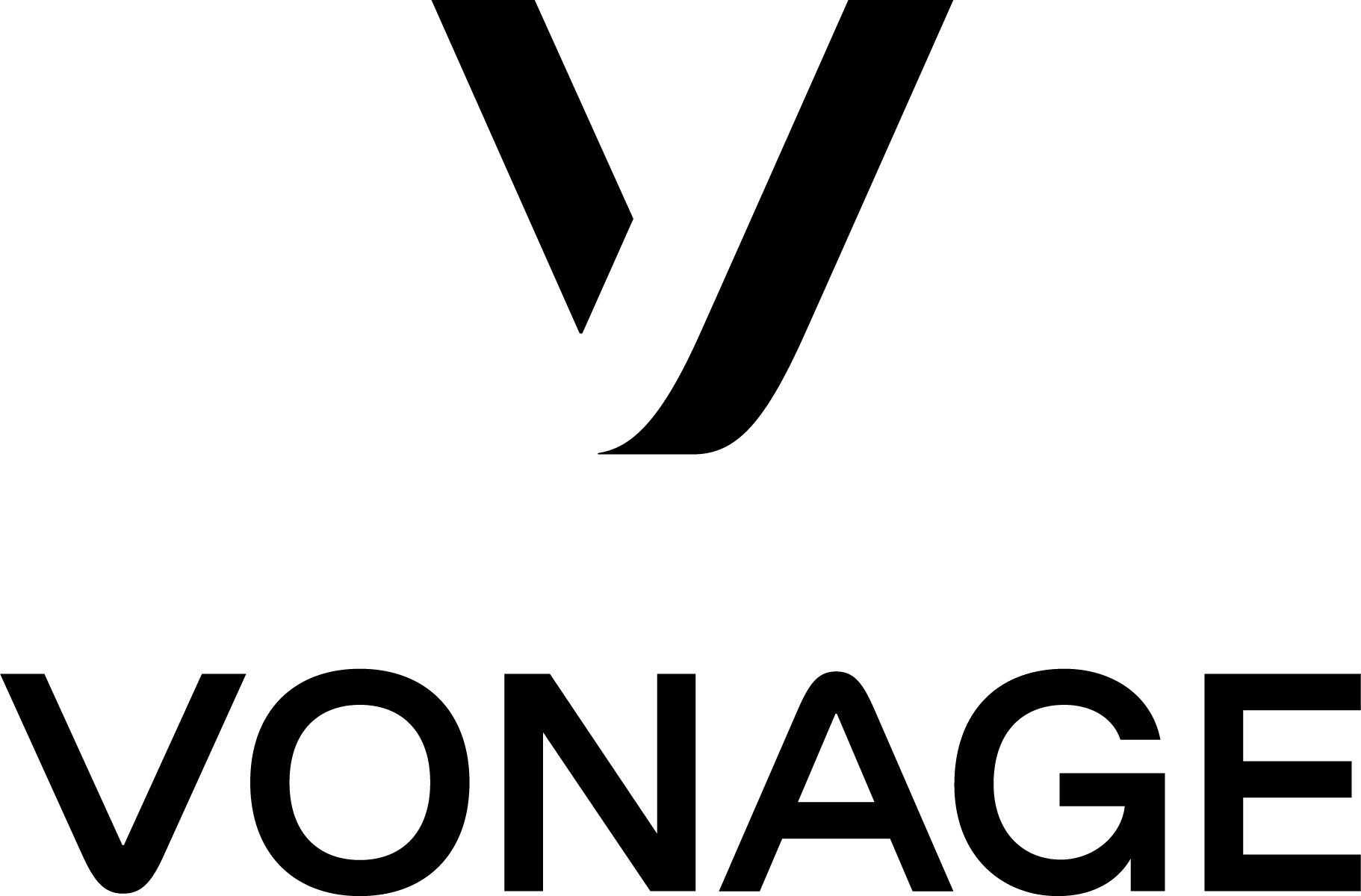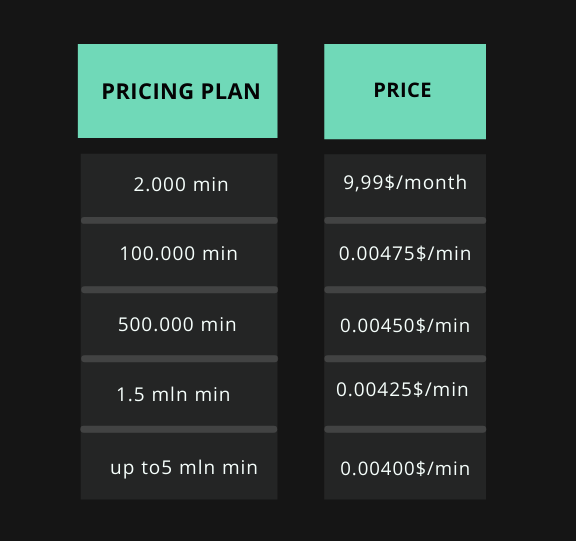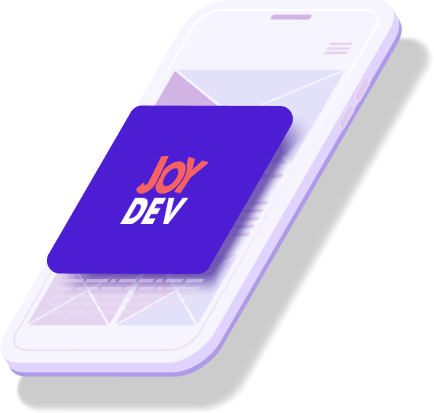If you are looking for video streaming platforms you have probably already faced the problem of choosing the best one for your business. The popularity of Clubhouse has shown that streaming allows gathering thousands of users and listeners united by common interests. So, how can we find the platform where you will be able to stream videos and grow your audience at the best price and conditions? We prepared the list of the most popular platforms and compared them by price, features, and integrations.
Choosing the best platform for video streaming in 2021
1. ZOOM

Of course, this is the most famous streaming platform. Due to the Covid-19 pandemic, it has become almost the only way to communicate for many educational companies and firms. In April 2020 more than 300 million people used it daily. It helped Zoom to build a capital of 3 billion dollars.
The Zoom platform can become a great assistant if you want to speed up the development of your product and create a completely configurable app with a video streaming feature. Zoom provides its own SDK with the support of Android, iOS, Windows, macOS, Web. Due to the integration, you can create any product that can help make audio and video calls, stream videos.
Advantages of Zoom SDK
- Architecture with cloud technologies developed for your needs;
- optimized for big projects;
- access to HD video and audio;
- customized video composition;
- up to 300 users in one session;
- screen demonstration;
- third-party video streams;
- chat;
- video layout.
SDK provides the functions of the conference meeting and is compatible with various languages, platforms, and frameworks. Zoom SDK usage depends on the total amount of minutes per month that will be spent on streams. Both client sessions and client users session is considered. For example, 5 users take part in a 10-minute session, 50 minutes will be used.
Pricing plans
- Pre-paid includes 10 thousand minutes every day, upon expiry 1 minute is 0.0035$.
- 1.000$ per year (includes 30 thousand minutes every month, upon expiry 1 minute is 0.003$.
2. DACAST

Dacast Inc. is the online video platform that can allow companies to stream and host their video content online. Opposed to other user-oriented platforms, such as YouTube or Facebook Live, Dacast is b-2-b. By the end of 2020 more than 300 000 video producers used it. They include TV stations and radio stations, event companies, school and University networks, church networks.
Dacast provides complex solutions for online streams and video hosting. Users can post videos on their web-hostings saving 100% control over their content. Among other functions Dacast offers built-in paid access, password security refers limiting, and an analytics model.
Opportunities:
- 24/7 technical supports in all plans including e-mail and chat;
- Video encrypting;
- Player API access for the integration with the third-party players;
- Video API access on premium pricing plans;
- multi-bit streaming;
- real-time analytics;
- streaming without ads.
Rates
For a session with an audience of 5,000 people, 1 minute of the session will cost 39$ per month. An additional charge may be charged for overspending. Data excess is $0.30 / GB, additional storage is $0.15/GB.
The scalable tariff includes 24 TB of bandwidth per year, 1 TB of storage for 188$ per month. These pricing plans include support, paywall monetization, an M3U8 online player for direct channels, ads integration, Cnames tags, and access to the API video.
Events – 6 TB of bandwidth, 50 GB of memory, 63$ per month (or 750$ per year).
3. TRUECONF

The TrueConf SDK libraries for mobile platforms (Android and iOS) allow you to add support for video calls and group video conferences to applications. Applications using the SDK require a connection to the TrueConf Server video streaming server. To manage users, conferences, and participants, you need to use a dedicated API to TrueConf Server.
Advantages:
- guarantee of high-quality communication in any network and on most mobile devices on the market;
- two libraries with similar functionality for Android and iOS development environments. Supported languages are Java, Objective-C, and Swift.
Opportunities:
- user authorization;
- tracking the statuses of other users (online, offline);
- making and receiving calls;
- joining a user to a group video conference;
- create temporary guest accounts to log in to the conference.
- planning a conference on the server in advance;
- creating a conference using the TrueConf Server API;
- adding SIP and H. 323 formats to the conference of subscribers of VCS terminals;
- joining the RTSP broadcast conference;
- login to the conference via a link via a browser (using WebRTC) via a guest account;
- personal and group chats, file sharing and content demonstration are available on any platform.
SDK users can also view content streamed from other devices during the conference and change the location of participants on the screen at will.
The greatest functionality can be obtained by using the SDK together with the TrueConf Server API. The SDK allows you to set a single user's behavior (similar to the client application), and the TrueConf Server API allows you to monitor the status of the conference and manage user profiles and rights in general. Licenses are purchased for the conference (maximum 36 people), which allows users to directly join the broadcast and participate in a conversation with the speaker. Users can be changed as speakers, but the number should not exceed 36 people. If you want to connect more people as speakers, you can purchase a license separately.
Thus, 35 users can actively participate in a video session, but when broadcasting this session to any platform, any number of people will be able to watch it.
Rates
An annual license for two speakers will cost 23 thousand rubles. The annual license for 35 users is 297,500 thousand rubles.
The SDK for each platform will cost 400 thousand rubles.
4. VONAGE

The Vonage Video API (formerly TokBox Opentok) makes it easy to set up video streaming in any of your mobile, web, or desktop applications. The SDK can be used to make personal calls, group calls, or broadcast to thousands of people. You can use it to create native applications for Android, iOS, Windows, and Linux.
The security of using this SDK is achieved through the use of encryption standards and the GDPR regulation.
Advantages:
- video calls, group video chats and broadcasts for thousands of viewers are available;
- screen demonstration;
- chats;
- customization for mobile devices, including the use of effects, filters, AR/VR and more;
- ability to record video sessions;
- analytics of video session attendance;
- video encryption using the AES-128 protocol (you can also connect AES-256);
- using the GDPR protocol;
- number of participants-up to 3 thousand;
- HLS streaming;
- broadcast sessions live on FaceBook Live, YouTube, Twitch and other RTMP services.
Rates:

5. G-Core Labs

G-Core Labs is a global provider of powerful cloud and edge solutions for online business, created in the Russian Federation. The servers are located in Moscow and throughout Russia, the closest abroad in Luxembourg.
Two tariffs: conferences and live broadcasts. During the conference, 10-15 speakers can connect to the speaker at the same time. A larger number is not recommended due to the need for correct display on viewers' devices.
On this site, you can completely brand your service and product to meet your requirements. An analog of Zoom, only with great opportunities for customization of the user's project. The ability to connect ads.
Rates
- Per-minute tariff.
- Licensing of space for server allocation: minutes, license fee and traffic are not limited.
Payment takes place outside the system, as long as this is not provided for on the platform.
Opportunities:
- low-latency streaming (by default, they support a delay of up to 4 seconds for all video streams in Full HD);
- you can record videos and stream them to any platform (Facebook, Youtube, etc.);
- the moderator has the right to turn off the camera and microphone of another speaker, but the speaker can only turn the camera back on himself;
- demonstration of the screen (in May, along with the demonstration, there will be a window with a talking speaker);
- at the moment, 25 people can be speakers, in May they will expand to a maximum of 100. Also in May, the export of statistics by audience will be added;
- broadcast protection using URL Tokenization, AES and DRM encryption;
- SDK for iOS, Android, Web;
- broadcasts in Full HD, 4K, 360° or 3D without delays and buffering;
- support for Live and VOD. Compatible with any platform. Customization of the appearance.
Rates

So what to choose?
All video streaming platforms offer their advantages, but the main issue is always the price and integration with your product. For convenience, we have compiled a comparison table where you can clearly see the main differences between the sites and find the most profitable and optimal option for yourself.

Let's try to compare how much it will cost to conduct 10 streams of 60 minutes per day for each of the video streaming platform. So, for Zoom it is 2.1$, Dacast - 0.5$, Vonage - 2.55$, G-Core Labs – 2.1$. In total, Zoom will cost the company 63$ per month, Dacast 15$, Vonage-76.5$, G-Core Labs - 63$.
Have any questions? We will be happy to tell you in more detail which platform to choose for your project, as well as help with the implementation of the product. Write to us and leave a request, and our manager will contact you!








